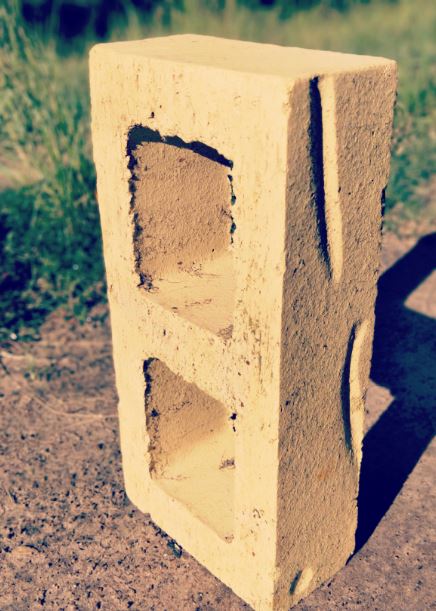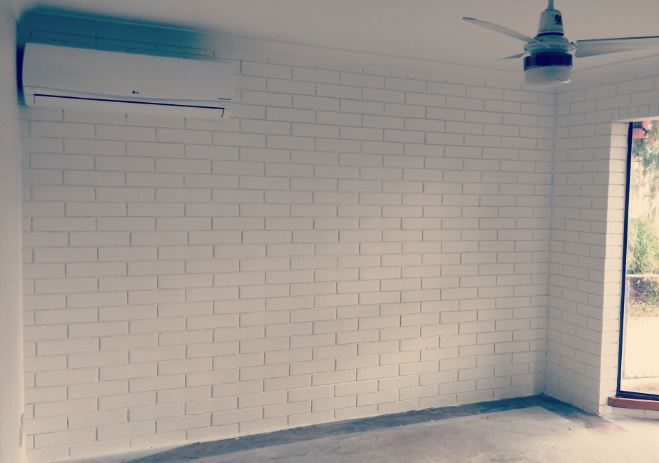It certainly appears that every summer is hotter than the one before and I’m sure many people are happy to see the summer of 2020 in the rear vision mirror. We are certainly on our way to cooler weather having recently passed the equinox. As defined in the Webster Dictionary the equinox is “either of the two points on the celestial sphere where the celestial equator intersects the ecliptic,” or more simply put; the equinox is one of the two days of the year where the length of the day and the length of the night are identical all over the earth. These two events happen like clockwork each year predictably on March the 20th or the 21st and September 23rd with the days only varying due to time zones.
Because I live in Australia, which is located in the southern hemisphere, we are heading into winter which means the days will now become shorter than the night and the sun will be found increasingly lower in the northern sky. This means that the sun will continue to access more of the northern wall of a well orientated home and continue to increase its ability to warm the home having increasing access to shine through the windows until the next equinox is reached and we start heading back into summer.
For residents in the northern hemisphere exactly the opposite will happen.
Home’s that are correctly orientated anywhere in the world are always more energy efficient, so if you are in the market to buy a new home to either live in or rent out, the home’s orientation is most certainly one aspect worthy of consideration. Amongst other aspects that are equally important include the materials used in the building’s construction. Due to economic conditions that were precipitated in response to a  worldwide medical event earlier this year, my wife and I decided to remove any funds we had in a bank and invest our meager savings into residential real estate.
worldwide medical event earlier this year, my wife and I decided to remove any funds we had in a bank and invest our meager savings into residential real estate.
I am most certainly not going to give investment advice because that’s not what I do and I most certainly won’t give tips on physically improving buildings as we are into our sixth week of a projected four week renovation, but one thing I will advise is that the three aspects we considered before we purchased were, position, position and thermal efficiency.
It’s an older home that was built in the 90s having bay windows facing to the south. Being located in a cul-de-sac it is unlike other houses in that it does not perfectly face the street. The rear of the house has the kitchen bathroom on the northern side as does our home. It is not orientated 10 degrees 48 minutes east of magnetic north but has a slightly added easterly aspect which more readily gives access two onshore winds. The home also differs from many others in that it does not have windows on the east or the west. Without knowing the mindset of the builder, I suspect the materials used and the orientation demonstrates that some understanding on thermal performance was known and utilised.
It is built on a concrete slab on the ground potentially having mother nature keep the inside of the home at 23 degrees daily, being the ground temperature at this location. The external walls of the home are brick which are similar to a concrete block, as shown in picture 1, having a cavity which reduces potential heat transfer either in or out of the home. This also supplies the walls on the inside with enough thermal mass to stabilize the internal ambient temperatures. >>>LEARN MORE>>>
When we first started the renovation with temperatures in the mid-30s, even with the windows open in the middle of the day, internal temperatures were 5 to 7 degrees below the outside temperature. Obviously these are good characteristics which will help to make the home more energy efficient. It was however built with a tiled roof, which I refer to in this climate as thermal suicide, but it does have R3 Batts in the ceiling which allows it to perform similarly to a roof with low thermal mass.
When we purchased the home, the floors were covered with lino which insulated the hard work that mother nature now does for us, for free, after we have tiled throughout the whole house. Requiring only 82 square metres to cover all internal floors, the 3 bedroom, one bathroom, home will be very economical to keep cool in the summer and warm in the winter. It does have two very large air conditioners, one in the lounge room and one in the main bedroom. One of these units is more than enough to cool the entire home down and if the doors to all the rooms are kept closed, keeping the home warm in the winter and cool in the summer will be a walk in the park.
The home has a solar hot water system almost perfectly orientated and angled which will add to the energy savings of those living in the home.Because we have purchased this property for the long haul, the home’s natural energy efficiency, that is realised simply by its design, will naturally increase the buildings value by about 15%, and rent return by about 7% into the future above that of similar homes as people wise up and seek more energy efficient buildings to live in.
add to the energy savings of those living in the home.Because we have purchased this property for the long haul, the home’s natural energy efficiency, that is realised simply by its design, will naturally increase the buildings value by about 15%, and rent return by about 7% into the future above that of similar homes as people wise up and seek more energy efficient buildings to live in.
John Lynn
http://johnlynn.com.au/
